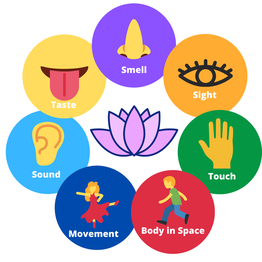A SENSAROOM IS A DEDICATED SPACE THAT'S SPECIFICALLY DESIGNED TO HELP YOU RELAX, REFOCUS, RECHARGE, AND PRACTICE SELF-CARE. OUR INNOVATIVE, HOLISTIC APPROACH COMBINES THE PRINCIPLES OF SENSORY THEORY AND INTERIOR DESIGN TO CREATE A SPACE WHICH ENGAGES YOUR SENSES SO THAT YOU CAN BE MORE PRODUCTIVE, HAVE LESS STRESS, AND ACHIEVE A STATE OF MINDFULNESS.






